Optimize sleep, strain, and recovery with WHOOP, the most advanced fitness and health wearable. With personalized insights, improve performance, build healthier habits, and extend healthspan with continuous health monitoring.
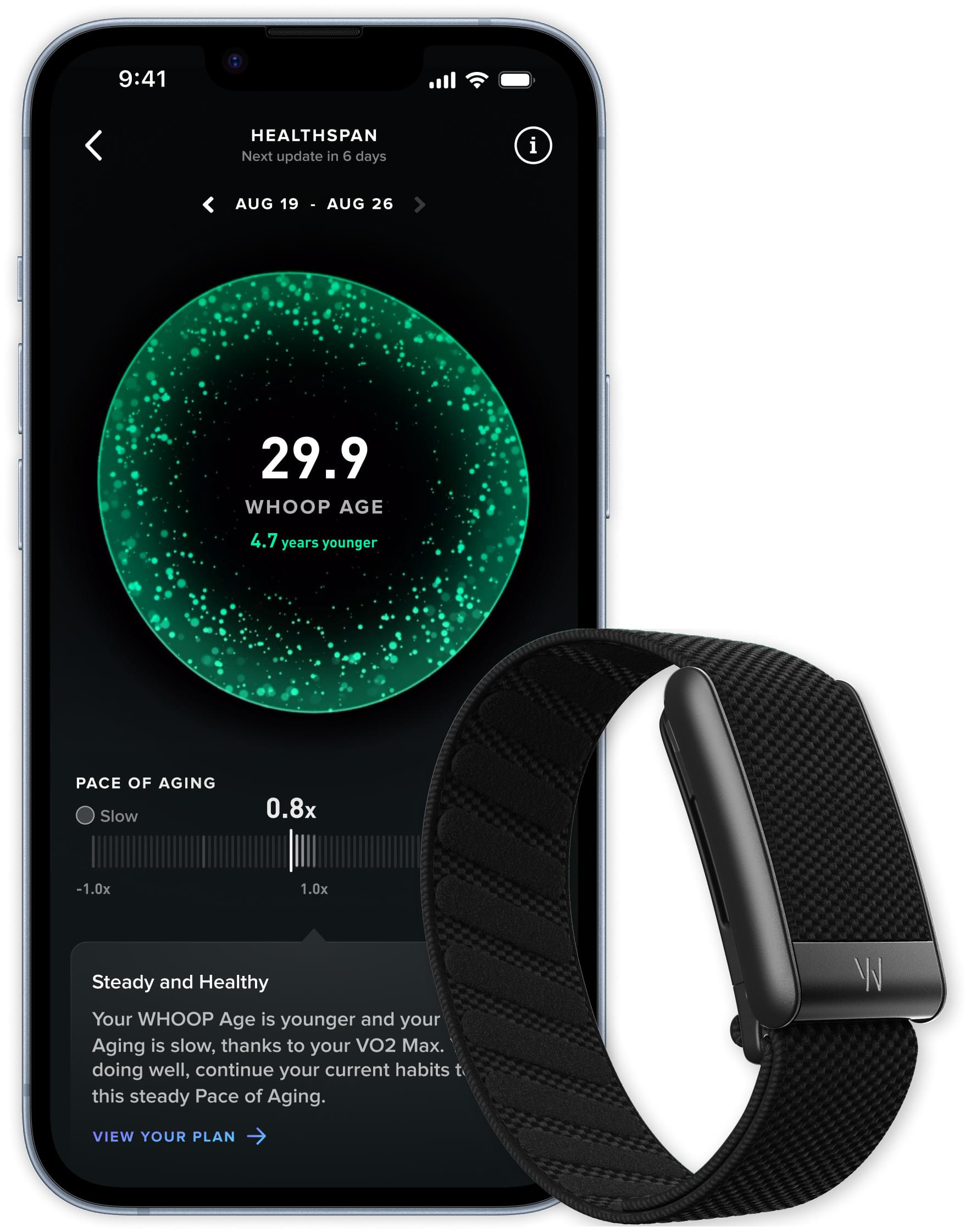

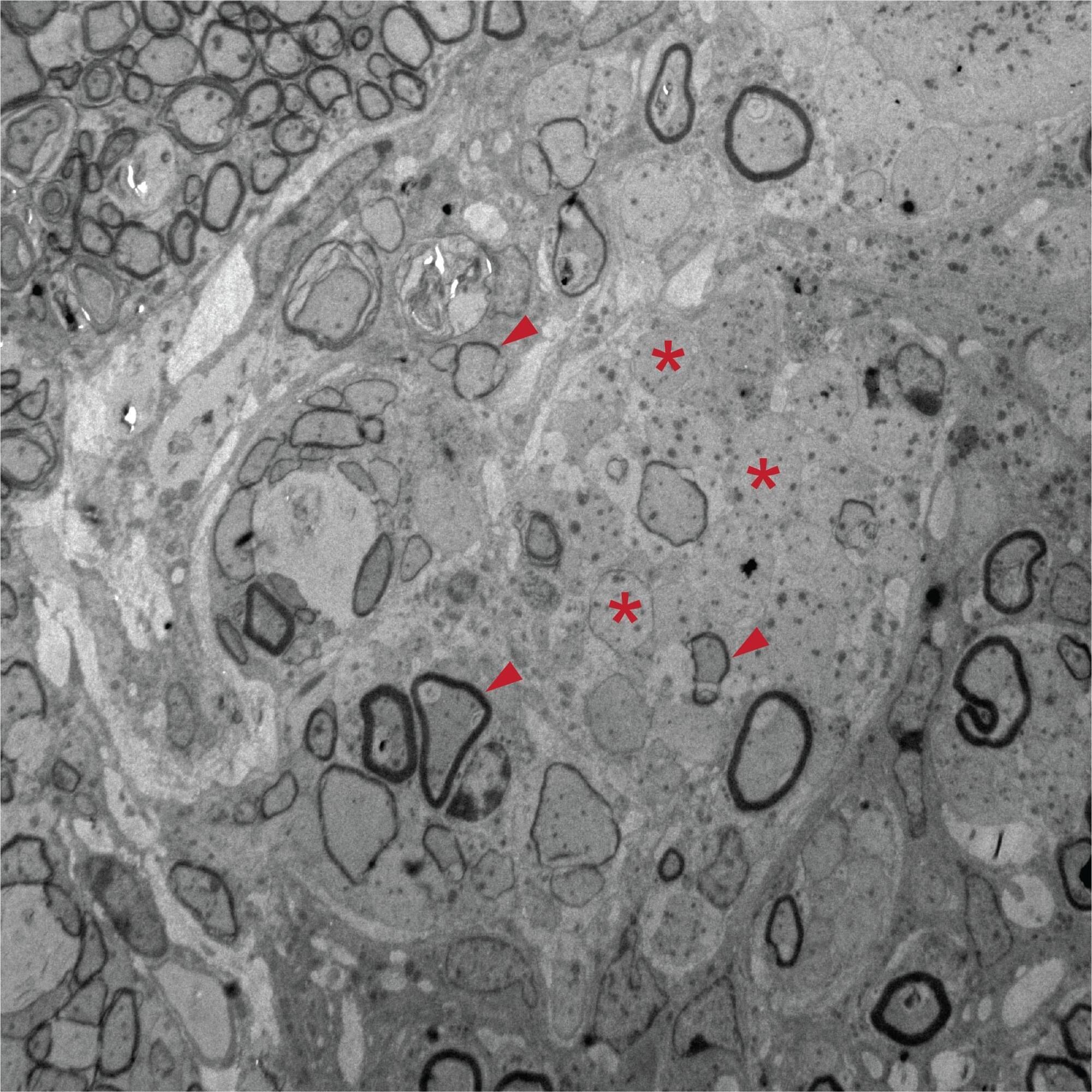
Multiple sclerosis (MS) is an autoimmune disease where the body’s immune system mistakenly attacks the central nervous system, leading to the destruction of myelin, the protective sheath surrounding nerve fibres. This damage is a leading cause of neurological disability in young adults.
In the early stages of MS, certain cells possess the capacity to partially repair this damage by generating new myelin. However, this regenerative ability reduces significantly in the later, chronic progressive stage of the disease. This decline in repair contributes to further damage to neurons and increasing disability in individuals with progressive MS.
Despite advancements in treatments, current therapies mostly focus on managing symptoms but do not halt or reverse the damage and neurodegeneration caused. This shows the critical need for a more profound understanding of how MS progresses and to explore how stem cell technologies could help MS treatment.
The study, published in the journal Brain, was spearheaded by University of Cambridge scientist Dr. Luca Peruzzotti-Jametti and offers crucial insights into the potential of neural stem cell transplantation in people with progressive MS. While neural stem cell transplants present a promising avenue for repairing the damaged central nervous system, the limits of their capacity to repair are being investigated by researchers.
(Utilizng stem cells for many innovative treatments is not a question of how, but rather when)
A study led by Cambridge researchers has shed light on how neural stem cell grafts could help restore myelin in the central nervous system. The findings suggest that neural stem cell-based therapies hold promise as a potential treatment for chronic demyelinating disorders, particularly progressive multiple sclerosis.
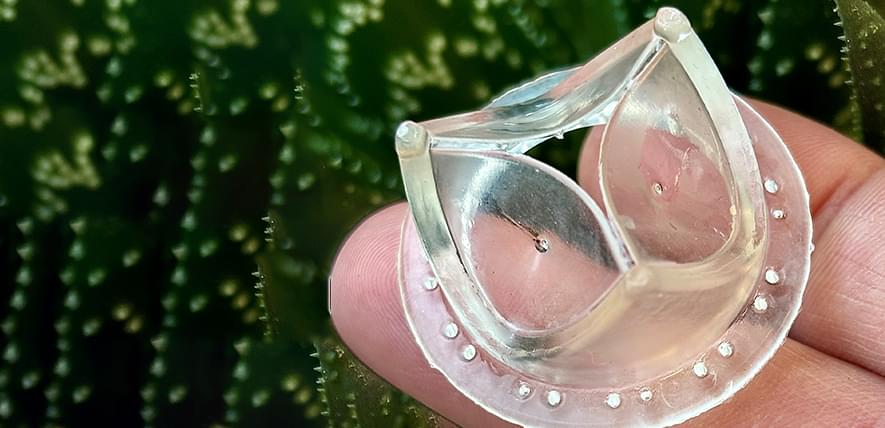
A research team, led by the Universities of Bristol and Cambridge, demonstrated that the polymer material used to make the artificial heart valve is safe following a six-month test in sheep.
Currently, the 1.5 million patients who need heart valve replacements each year face trade-offs. Mechanical heart valves are durable but require lifelong blood thinners due to a high risk of blood clots, whereas biological valves, made from animal tissue, typically last between eight to 10 years before needing replacement.
The artificial heart valve developed by the researchers is made from SEBS (styrene-block-ethylene/butyleneblock-styrene) – a type of plastic that has excellent durability but does not require blood thinners – and potentially offers the best of both worlds. However, further testing is required before it can be tested in humans.
An artificial heart valve made from a new type of plastic could be a step closer to use in humans, following a successful long-term safety test in animals.
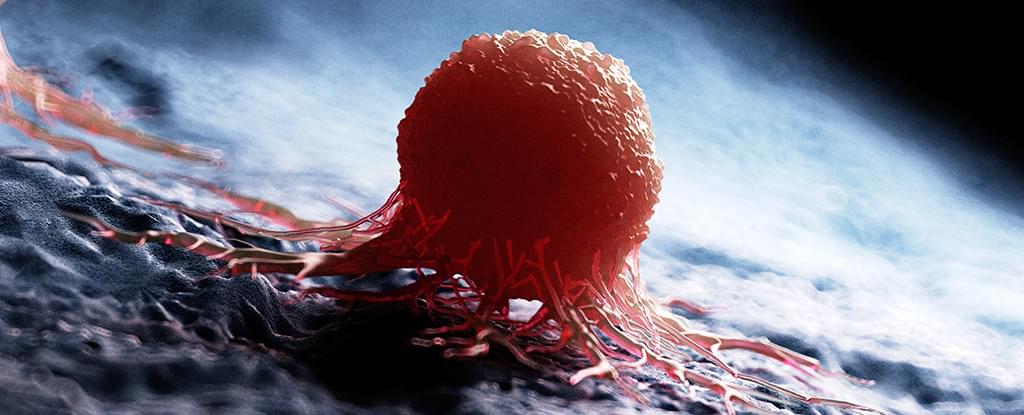
Scientists are making encouraging progress in developing vaccines to treat cancer, but so far the therapies have been restricted to specific types of tumor. Now new research points the way to a universal vaccine that could attack a wider range of cancers.
The research led by a team at the University of Florida focuses on “waking up” the immune system to better respond to more types of cancerous cell – tumors that would otherwise be missed for a variety of reasons.
“What we found is by using a vaccine designed not to target cancer specifically but rather to stimulate a strong immunologic response, we could elicit a very strong anti-cancer reaction,” says neuroscientist Duane Mitchell.

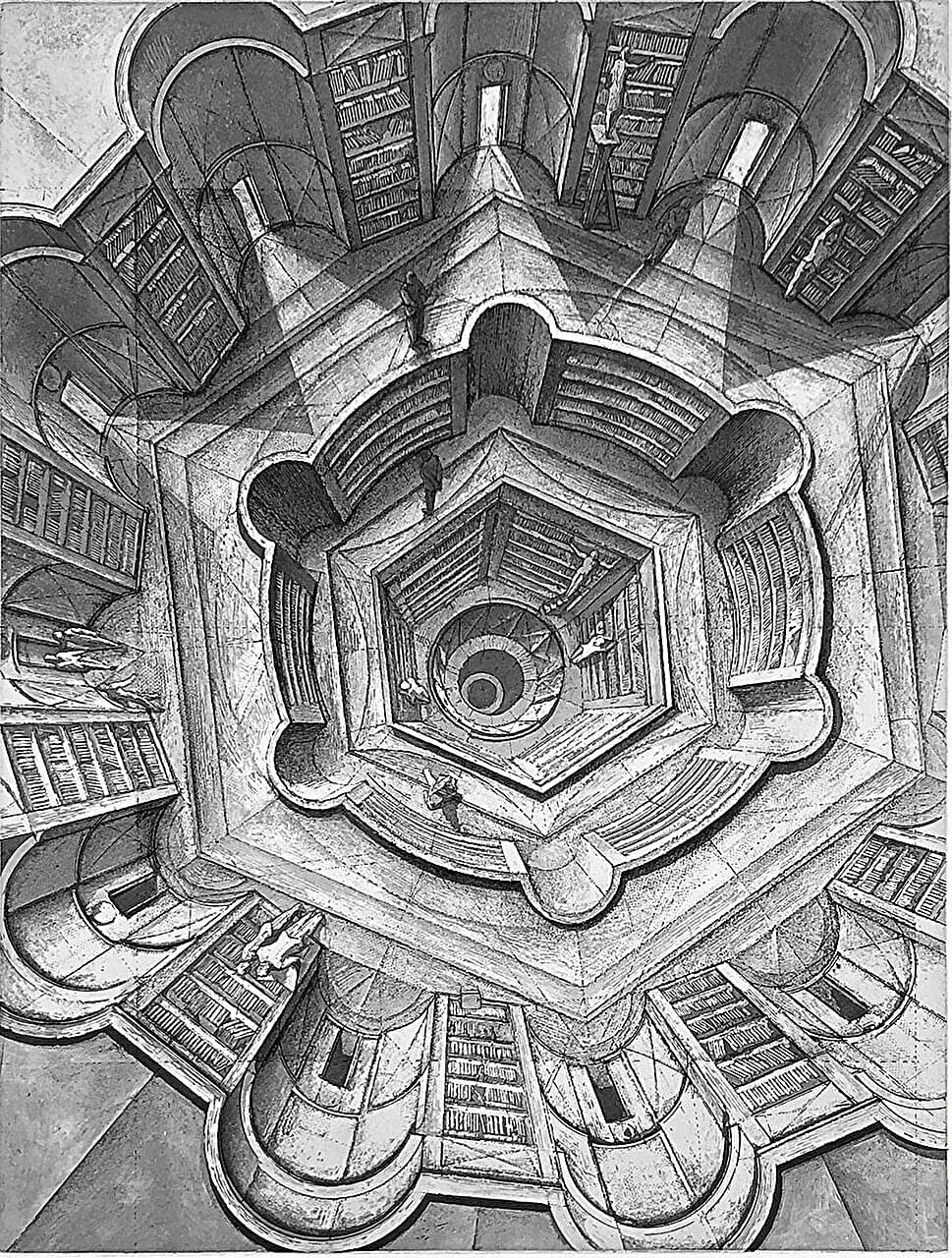
Remembering past events in minute detail, revisiting them methodically, and reliving past emotions—this is the peculiarity of people with an exceptional memory of their own lives, known as autobiographical hypermnesia, or hyperthymesia. This fascinating condition remains poorly understood, and each new case contributes to our understanding.
In an article in Neurocase, researchers from Paris Brain Institute and the Memory, Brain, and Cognition Laboratory describe the extraordinary mental life of a 17-year-old girl.
Autobiographical memory refers to our ability to remember experiences that have shaped our lives since childhood. It consists of emotional and sensory memories of places, moments, and people, as well as a set of factual information—such as names and dates—that allows us to orient ourselves when we try to recall an episode from the past.
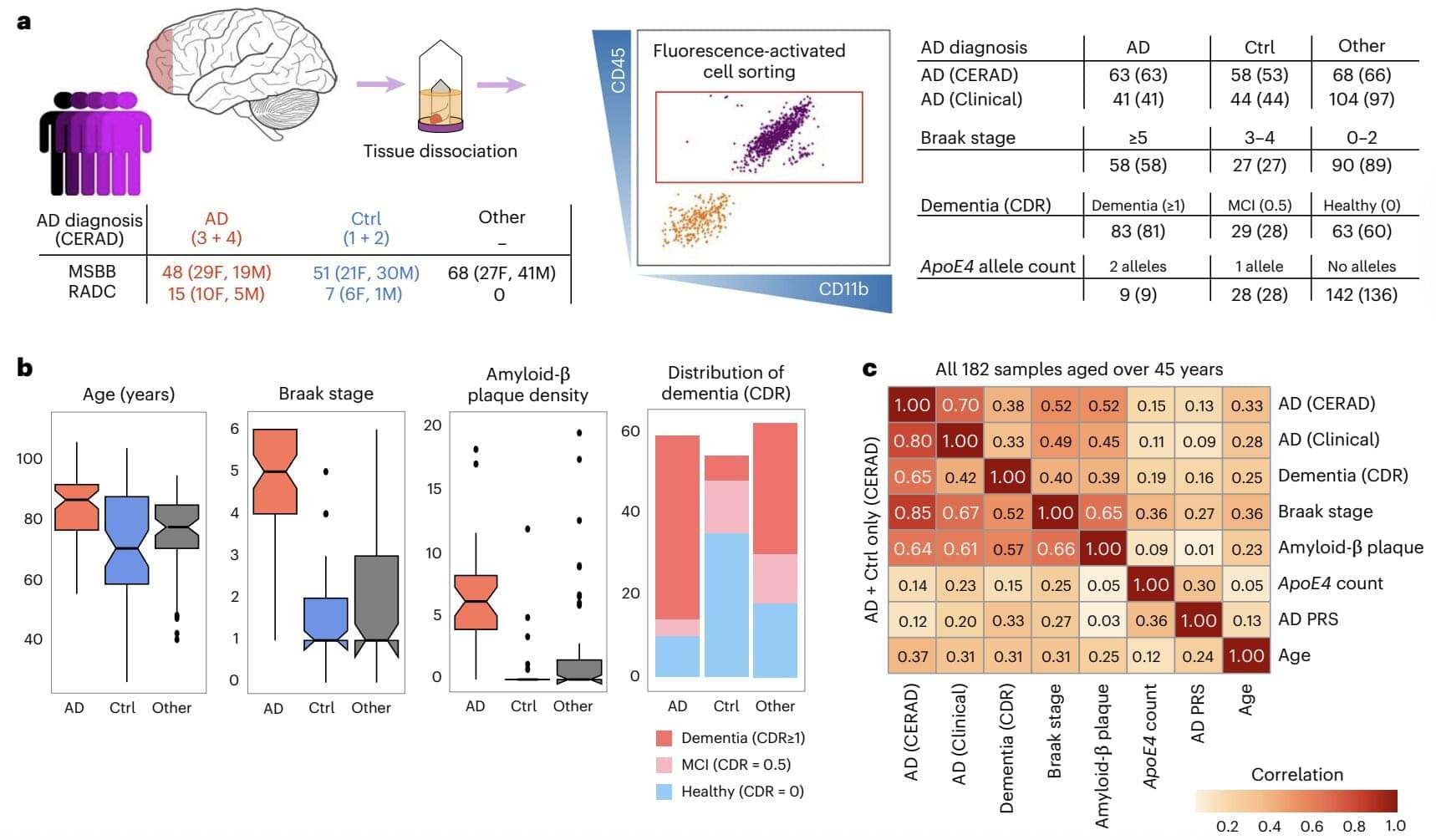
Alzheimer’s disease (AD) is a debilitating neurodegenerative disorder that causes progressive memory loss and a decline in mental (i.e., cognitive) abilities. Statistics suggest that between 500,000 and 900,000 people are diagnosed with this disease every year, while several hundreds of thousands experience dementia or other aging-related cognitive decline.
While there are some available treatments designed to delay cognitive decline in individuals with mild or moderate AD symptoms, a cure for the disease has not yet been identified. A better understanding of the neural, genetic, cellular and molecular processes that contribute to the disease’s progression, as well as to neurodegeneration in general, could thus be highly valuable, as it could inform the future development of alternative treatments.
Past neuroscience research has identified the key role of microglia in AD. These are specialized immune cells that monitor the environment in the brain, clearing out damaged cells, debris and pathogens. The dysregulation of these cells has been linked to neurodegeneration and to the progression of AD.
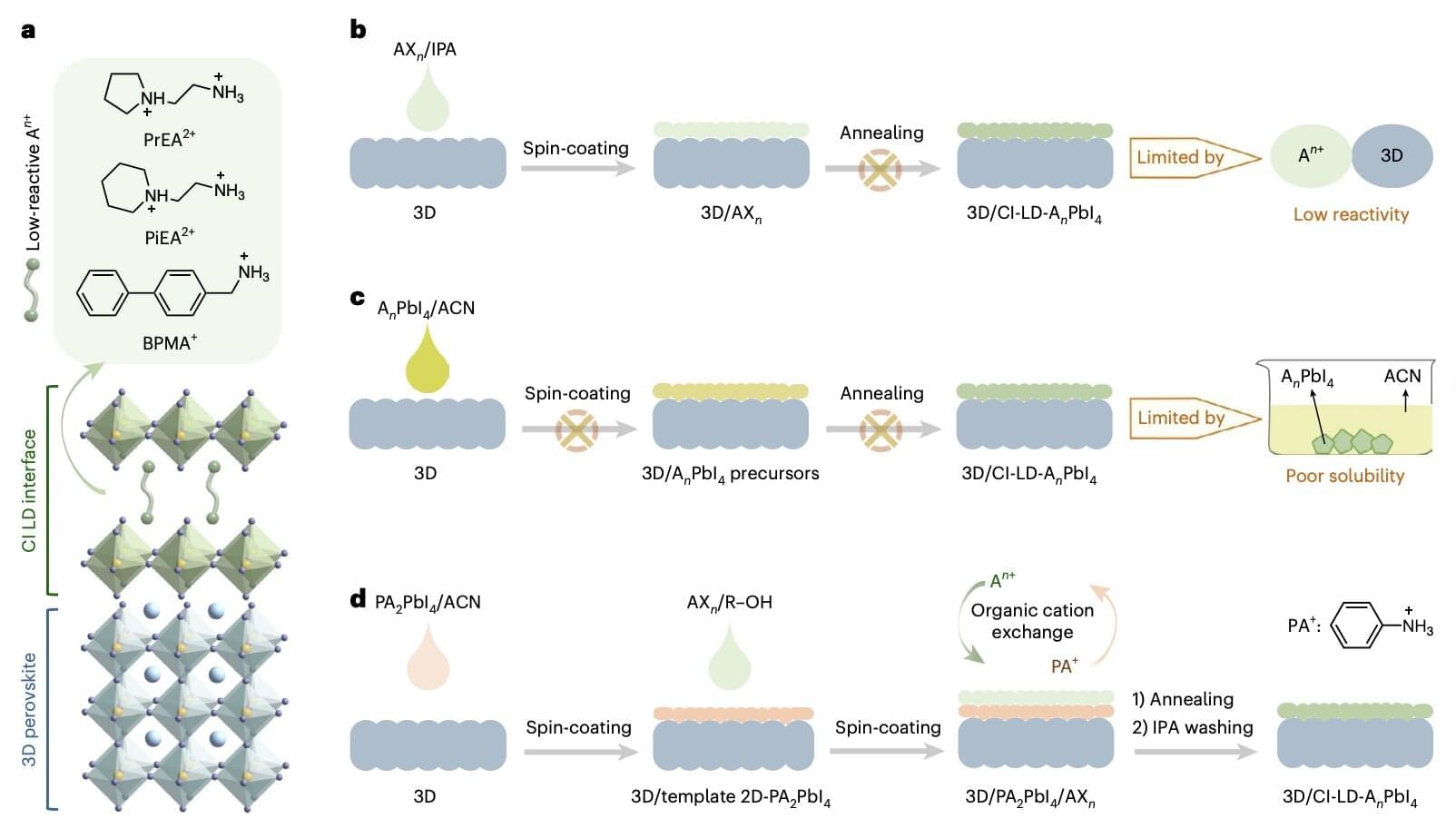
Photovoltaics (PVs), technological systems that can convert sunlight into electricity are among the most promising and widely adopted clean energy solutions worldwide. While existing silicon-based solar cells have already achieved remarkable performances, energy engineers have been working to develop other photovoltaic technologies that could be even more durable, efficient and affordable.
An emerging type of solar cells that could be manufactured at a lower cost, while still retaining good efficiencies, are those based on a class of materials with a characteristic arrangement of atoms, known as perovskites. These cells, known as perovskite solar cells (PSCs), have been found to attain high power conversion efficiencies and are based on materials that could be easier to synthesize when compared to silicon wafers.
Despite their potential, PSCs still face considerable limitations that have so far prevented their widespread deployment and commercialization. Most notably, improving the efficiency of these cells has been found to adversely impact their stability over time, and vice versa.
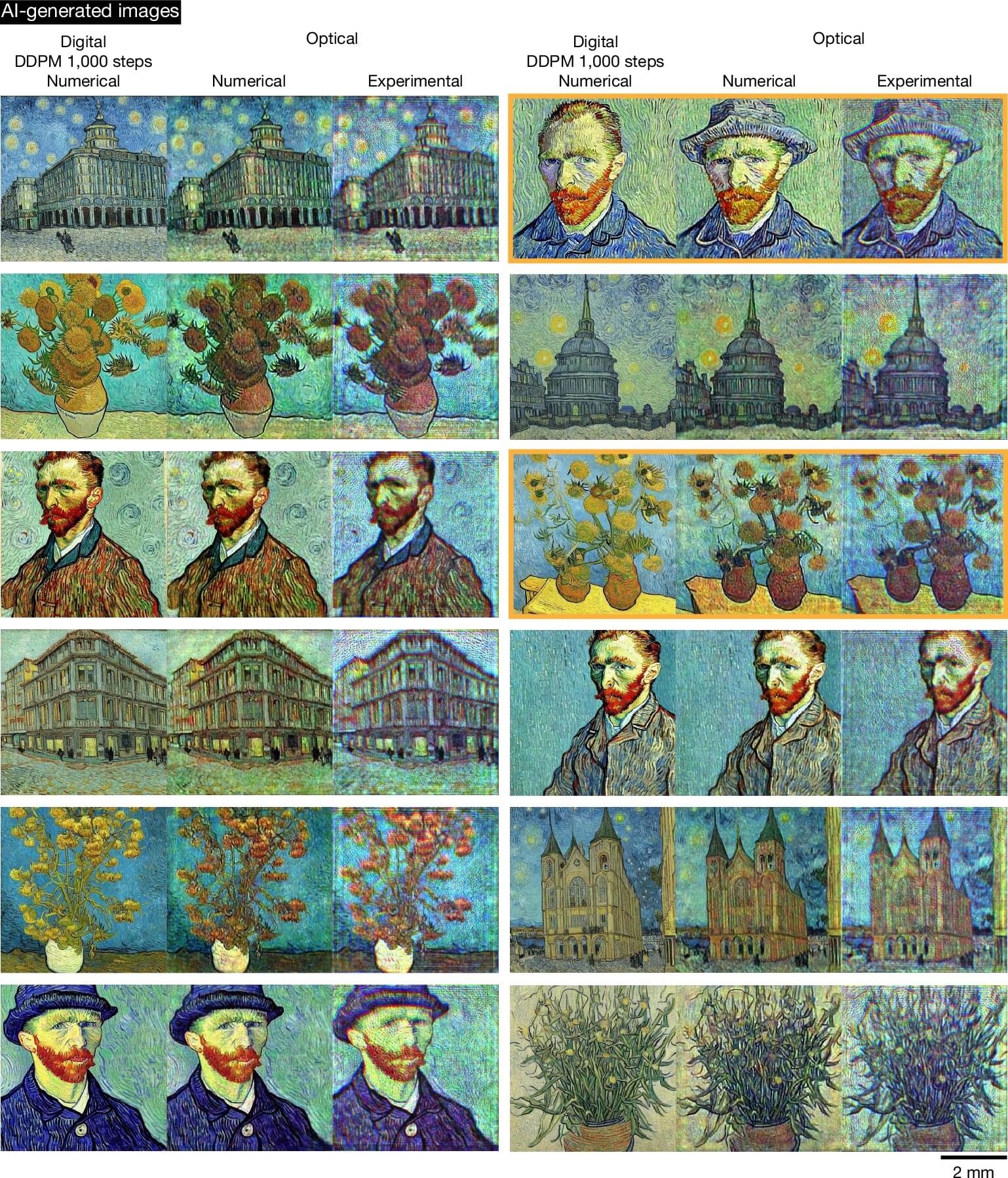
From creating art and writing code to drafting emails and designing new drugs, generative AI tools are becoming increasingly indispensable for both business and personal use. As demand increases, they will require even more computing power, memory and, therefore, energy. That’s got scientists looking for ways to reduce their energy consumption.
In a paper published in the journal Nature, Aydogan Ozcan, from the University of California Los Angeles, and his colleagues describe the development of an AI image generator that consumes almost no power.
AI image generators use a process called diffusion to generate images from text. First, they are trained on a large dataset of images and repeatedly add a statistical noise, a kind of digital static, until the image has disappeared.
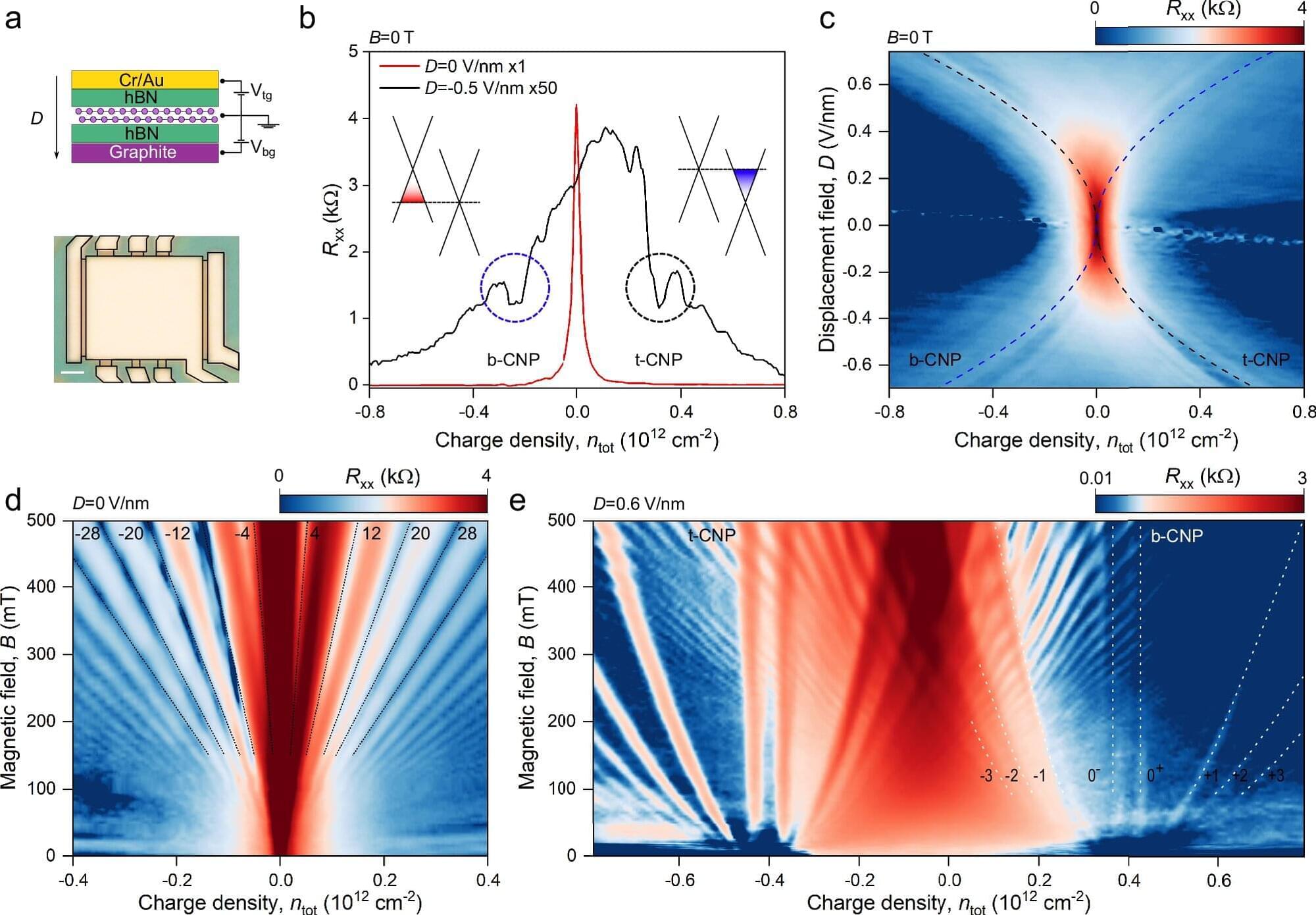
Graphene, a single sheet of carbon atoms arranged in a honeycomb lattice, is known for its exceptional strength, flexibility and conductivity. However, despite holding the world record for room-temperature electron mobility, graphene’s performance at cryogenic temperatures has remained below that of the best gallium arsenide (GaAs)-based semiconductor systems, which have benefited from many decades of refinement.
One key obstacle is electronic disorder. In practical devices, graphene is highly sensitive to stray electric fields from charged defects in surrounding materials. These imperfections create spatial fluctuations in charge density, known as electron-hole puddles, that scatter electrons and limit mobility. This disorder has prevented graphene from realizing its full potential as an ultra-clean electronic system.
Now, in two parallel studies, researchers from the National University of Singapore (NUS) and The University of Manchester (UK) report distinct strategies that finally push graphene past this long-standing benchmark. The results set new records for electron mobility, matching and in some cases surpassing GaAs in both transport and quantum mobility, and enabling the observation of quantum effects in unprecedented conditions.